Mughal Emperor Aurangzeb originally named Muhi-al Din Muhammad was born on 3rd November 1618 and died on 3rd March 1707. He exists as the Emperor of India from 1658 to 1707. The Mughal Empire accomplished its greatest expansion under him also his policies aided to lead its termination. Widely appraised as the last successful ruler Aurangzeb assembled the Fatawa Alamgir and was amongst the little emperor to have wholly rooted Islamic economics and sharia throughout south Asia.
Mughal Emperor Aurangzeb was the third son of Mumtaz Mahal (for whom the Taj Mahal was built) and Shah Jahan. He was raised as a sincere youth and earnestly married to the Muslim Orthodox of the day. Aurangzeb is independent of the royal Mughal attributes of drunkenness and sensuality. He acquired the Mughal princely education including subjects like military strategy, administration, and combat. His subjects also included scholarly areas like Turkic, Persian literature, and Islamic studies.
His Root and Family Facts
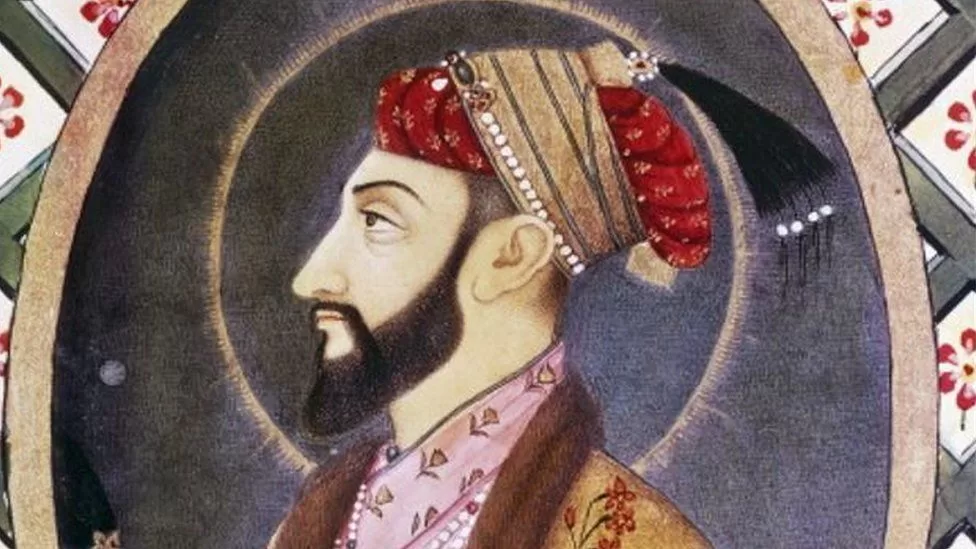
Mughal Emperor Aurangzeb took birth in Dahod in c 1618. His father was Emperor Shah Jahan who originated from the Mughal house of the Timurid dynasty. Mumtaz Mahal, Mughal Emperor Aurangzeb’s mother was the daughter of the Persian nobleman Asaf Khan who was the young child of vizier Mirza Ghiyaz. Aurangzeb was born during the rule of his patrilineal grandfather Jahangir who was the fourth Emperor of the Mughal empire. After a failed rebellion in 1626 by his father Aurangzeb and his brother Dara Shikoh were sent to Lahore’s Mughal court as prisoners of their grandfather Jahangir and his wife Nur Jahan as part of their father’s mercy. Shah Jahan appeared successful after his father Jahangir died in 1627 in the following war of succession of the Mughal throne.
Marriage Life and Family Surrounding
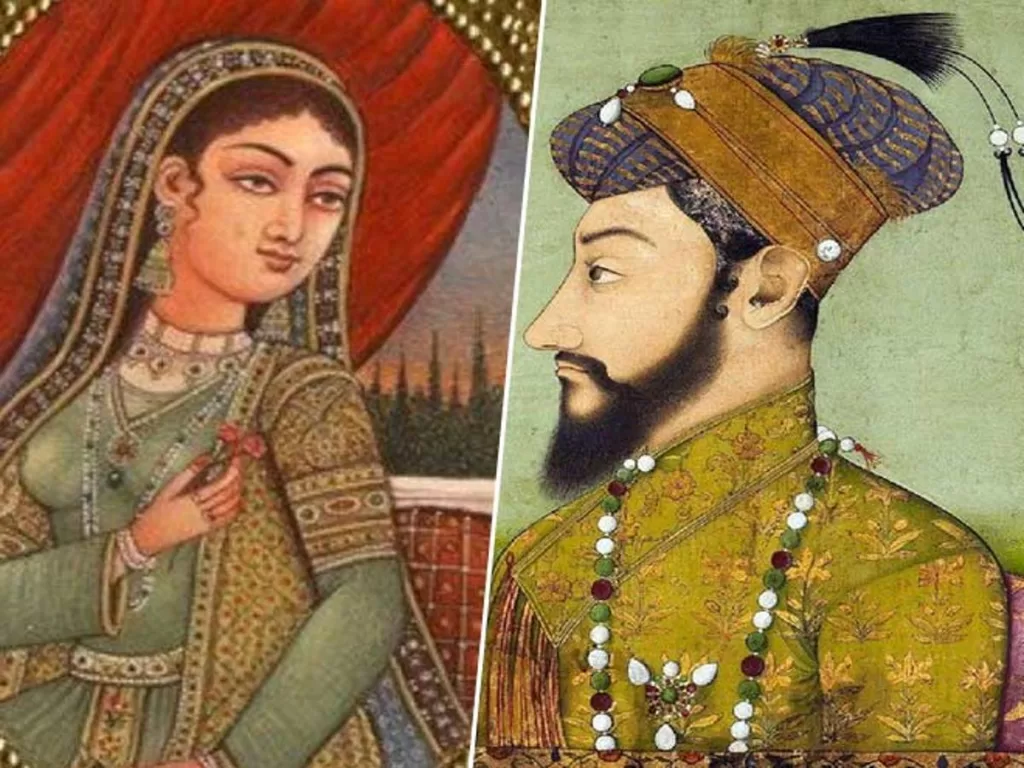
Mughal Emperor Aurangzeb was wedded to Safavid princess Dilras Banu posthumously called Rabia-ud-Daurani. She was his main companion and first wife. He also had a feeling for a slave girl Hira Bai. Her death as a teenager seriously affected him. In his old age, he was under the beauty of his paramour Udaipur bai. The latter had previously been a partner to Dara Shukoh. In 1937 the same year Aurangzeb set in charge of seizing the small Rajput Kingdom of Baglana. He did this comfortably. He married Nawab Bai later called Rahmat Al Nisa in 1638. At some time he got wedded to Aurangabadi Mahal who was a Georgian and Circassian. Mughal Emperor Aurangzeb possesses five sons and five daughters.
- Bahadur Shah I – His third son
- Muhammad Akbar- His fourth son
- Muhammad Azam shah- His third son to Dilras Banu Begum
- Zeb-un-Nissa (Mughal princess) – Eldest child of Aurangzeb and Dilras Banu Begum
- Muhammad Sultan – Eldest son of Aurangzeb and Nawab Bai
- Zinat-un-Nissa begum – Mughal Princess and second daughter of Aurangzeb and Dilras Banu Begum
- Muhammad Kam Bakhsh- Youngest son of Aurangzeb and Udaipuri Mahal
- Zubdat-un-Nissa Begum- Mughal princess and third daughter of Aurangzeb and Dilras Banu Begum
- Badr- un- Nissa Begum- Mughal princess the only daughter of Aurangzeb and his secondary wife Nawab Bai
- Mihr un-Nissa Begum- Daughter of empress Nur Jahan and her first husband Sher Afgan
Mughal Emperor Aurangzeb: His Battles to Seal his Position
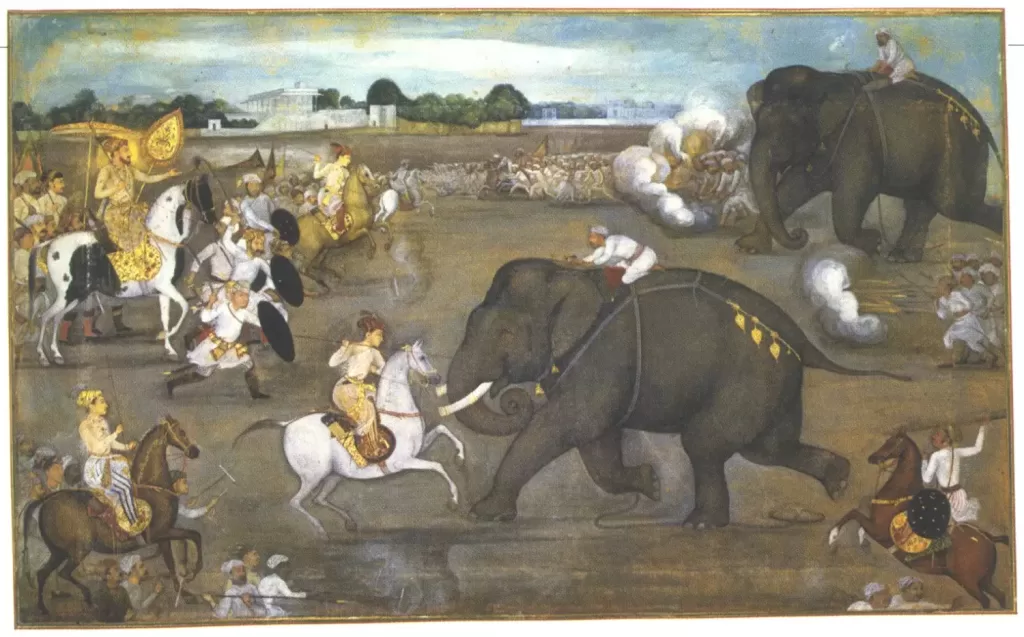
Mughal Emperor Aurangzeb: The Battle of Samugarh is the decisive battle in the fight for the throne during the Mughal War of Succession which was from 1658-1659. This battle fought between the sons of Mughal Emperor Shah Jahan after the Emperor’s critical illness in September 1657. The battle took place between the eldest son and successor Dara Shikoh and two younger brothers Aurangzeb and Murad Baksh to confirm who will be the successor of the throne after his father’s death. Dara Shikoh started to retire toward Samugarh after Mughal Emperor Aurangzeb had conquered the forces of Dara Shikoh at the Battle of Dharmat. Murad Baksh maintained to save himself till the end of the war. Murad also killed Raja Rautela and at the end of the battle Dara Shikoh and Khalilullah Khan departed toward Sulaiman Shikoh and Aurangzeb announced as the new Mughal Emperor.
Mughal Emperor Aurangzeb: Battle of Sinhagad and Purandar
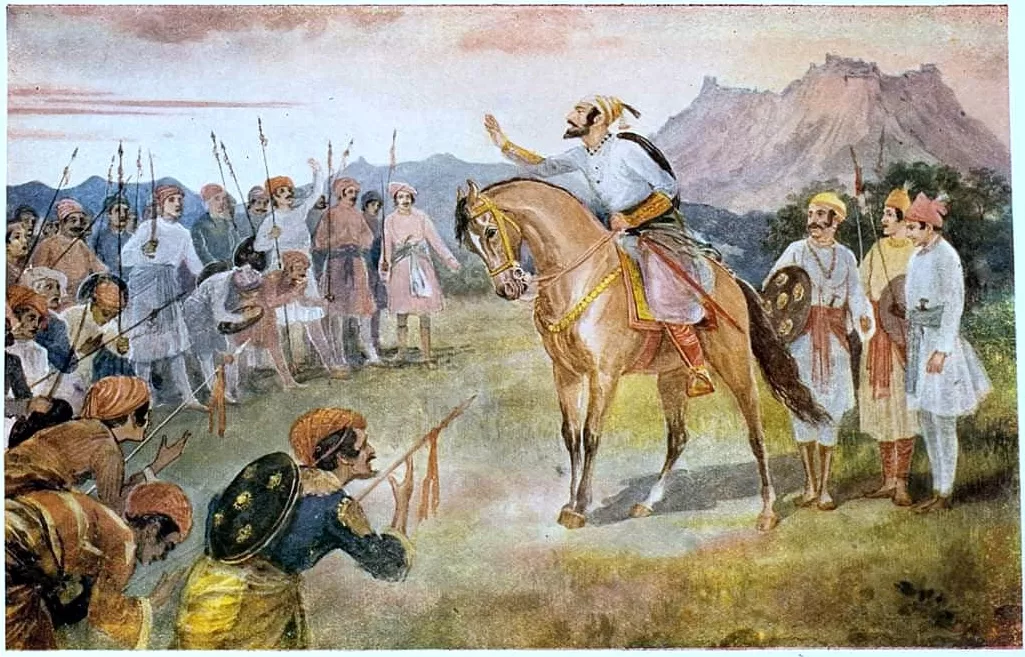
Mughal Emperor Aurangzeb: In 1650 Aurangzeb directed Shahiste Khan to conquer Shivaji. Khan seized Poona and took headquarters in the Lal Mahal. Shivaji along with his soldiers made a shock attack on Khan. They wounded Khan and murdered one of his sons. However, he was able to run away from there. Shivaji went on to rob the rich Surat’s port city. This raised Mughal Emperor Aurangzeb’s rage against Marathas. He directed his general Mirza Rajah, Jai Singh, with a huge army. Jai Singh further encircles Purandar fort and closed the entry and exit. Maratha attempted to break the seal but was not fortunate.
Mughal Emperor Aurangzeb: For the moment Diler Khan ruined the armies and Vajragad near Purandar. And the Mughals robbed villages in the Kingdom of Maratha. Shivaji determines to sign a treaty with Jai Singh for the benefit of his subjects. Both met and signed the treaty of Purandar. As per the treaty, Shivaji was to grant 23 forts to the Mughals and accept to confront them whenever required. He would be permitted to maintain 12 forts. Also, he accept to meet Aurangzeb at Agra.
Mughal Emperor Aurangzeb put him in custody upon reaching Agra. But Shivaji was able to run away. When Jai Singh died and Muazzam stood as governor of Deccan Shivaji began recapturing the forts that earlier he has given in the treaty. Sinhagad was among the first fort he re-acquire from the Mughals.
Mughal Emperor Aurangzeb: Battle of Khajwa and Satara
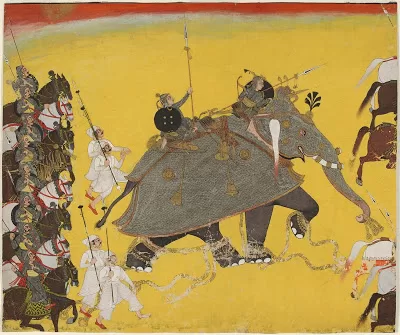
The Battle of Khajwa was confronted between the newly enthroned Mughal emperor Aurangzeb and Shah Shuja who also announced himself Mughal emperor in Bengal. In the Battle of Satara Aurangzeb individually walked towards Satara’s objective to seize Satara the center of the Maratha domain with 10, 000 Mughal soldiers. The Mughal emperor Aurangzeb then command to attack the fort of Satara. The Mughals damaged several fortresses and other Mughal forces walked toward advance Maratha forts. As a result Dhanaji Jhadhav, Maratha commander ultimately forgo the Satara fort on April 21, 1700, and hurried to save further forts of Maratha to which Mughal forces stepped and surrounded. The Mughals acquired the Satara fort and the battle was a great loss for the Mughals.
Revolt During Reign
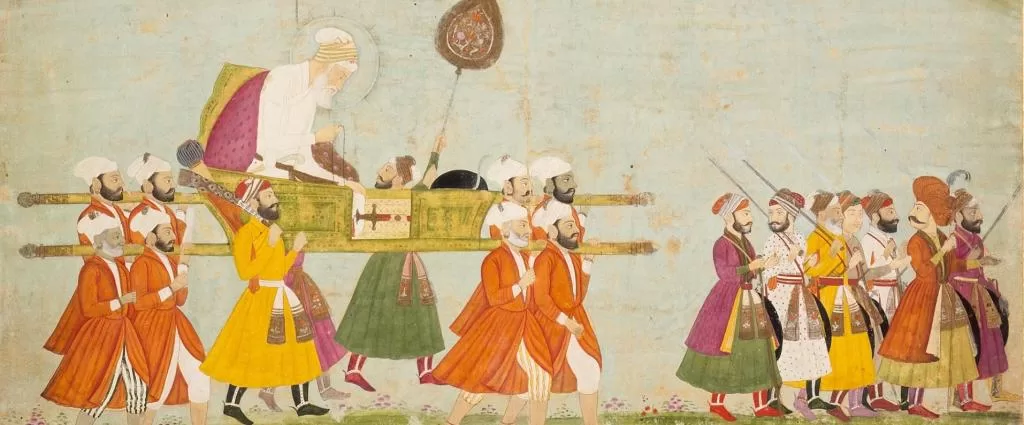
The Jat and Satnami revolts happened at the time of Mughal Emperor Aurangzeb. It had an agrarian/peasant backdrop. Hindu Jats started to form a rebellion that is assumed to have been caused by the restoration of Jizya and the demolition of Hindu temples in Mathura. The Jats were influenced by Gokula an agitator landholder from Tilpat. 20,000 Jat rebels were crushed by the year 1670.
Mughal Emperor Aurangzeb: The Mughal army took dominance over Tilpat. Gokula’s personal luxury reached hundreds of thousands of silver coins and 93,000 gold coins. Gokula was caught and crucified. But Jats once again started their rebellion. Raja Ram Jat to take revenge for his father Gokula’s death robbed Akbar’s tomb. Made of silver, fine carpets, and gold and dissolved down two doors of silver from the Taj Mahal. Aurangzeb assigned Mohammad Bidar Bakht as commander to squeeze the Jat rebellion. On July 4, 1688, he was arrested and killed. His head sent to Aurangzeb as evidence.
On the command of an old toothless woman, the Satnami sect arranged a huge revolt in the agricultural inland of the Mughal Empire. The Satnamis trimmed their eyebrows and heads and owned temples in many corners of Northern India. Satnamis began their walk upon Delhi and occupy small-scale army units. Mughal Emperor Aurangzeb replied by assembling the Mughal army and sending off separate personal royal guards to work on several tasks. To improve the morale of the Mughals, Mughal Emperor Aurangzeb noted Islamic prayers, formed charms, and drew designs to make the emblem for the Mughal army. This revolt would have a critical impact on Punjab.
His Policies and Reforms Introduced in Agriculture and Administration
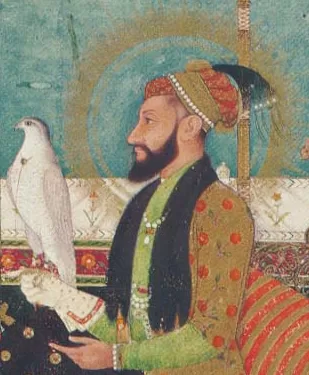
Around 1680 the rule of Aurangzeb experienced a change in both policy and attitude. The first change was the re-enforcement of the Jizya Tax or known as the poll tax on non-Muslims. This tax was eliminated by Akbar. This as a result was succeeded by a Rajput revolt in 1680-81 helped by Mughal Emperor Aurangzeb’s third son, Akbar. Hindus were still serving but not as faithful.
The Deccan Kingdoms of Golconda and Bijapur dominated in 1686-87. But the uncertainty that succeeded triggered a long fundamental crisis which results in war with the Marathas. Shambhaji, the son of Shivaji was caught and crucified. The absence of Mughal Emperor Aurangzeb in the South stops him from maintaining his past clutch in the North. Thus the administration weakened and the procedure was fastened on enforcement on land by Mughal recipient who was rewarded by tasks on revenue of land. Agriculture displeasure evokes religious movements as in the instance of Sikhs and Satnamis in Punjab. Other agricultural revolts like Jats were largely non-religious.
Mughal Emperor Aurangzeb: Reign in India
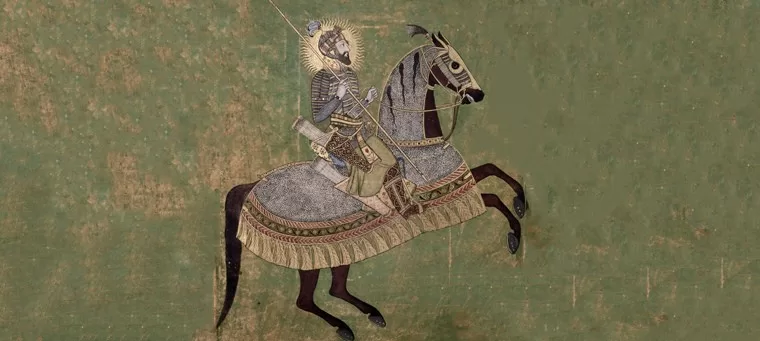
Mughal Emperor Aurangzeb ruled for 49 years that is from 1658 to 1707. He was a devout Sunni Muslim who was hatred for his cruelty but admired and stressed for his administrative and military expertise. During his early rule, he opposed the Northwest against Central Asian Turks and Persians as well as had a fight with Chhatrapati Shivaji Maharaj, the Maratha Chief who had stolen two times the important port of Surat from Aurangzeb in 1664 and 1670. There was a switch in the policies and thinkings of the Mughal Empire after 1680. Hindus had been fellow workers under earlier kings and suddenly assists Mughal Emperor Aurangzeb. The re-enforce of the Jizya tax on non-Muslims was the first sign of change in the way the country was run. As a consequence of the religious conflict, Hindus assist the Emperor but were never faithful to him.
Mughal Emperor Aurangzeb: The output which occurred was a Rajput revolt against the Mughal ruler. The agricultural revolution of Sikh started when he started charging higher fees on the property. The revolt took place in Punjab. And he killed Tegh Bahadur who denied working under his name in 1675. The Mughal balance was damaged by the orthodox religious behavior of Mughal Emperor Aurangzeb and the forcing of religious rules against Hindu monarchs.
How Does He Affect the Indian Princely States?
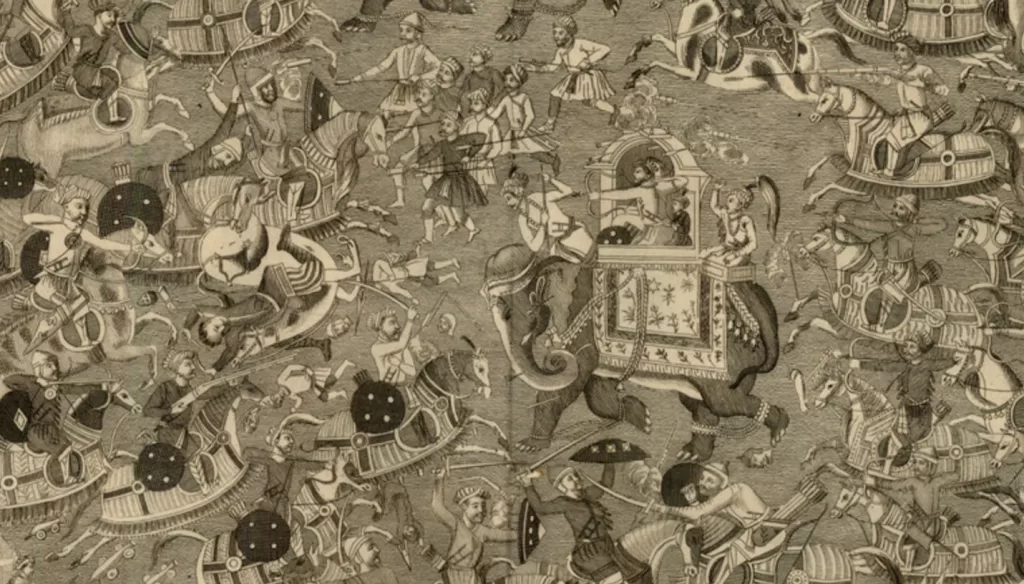
Mughal Emperor Aurangzeb’s brutality gave rise to high bloodshed. Also, he damaged many Hindu temples and holy places of Muslims at the time of his military annexation. However, his loss cannot wholly describe the diminishing of the empire. If personal discrimination will be put to one side then Aurangzeb had also built many Hindu temples and employed more Hindus into his system than an earlier Mughal ruler.
Important Years of Aurangzeb’s Religious Policy
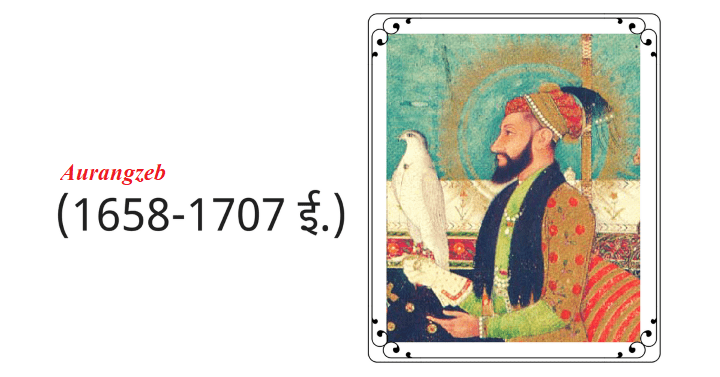
| Years | Policies |
| 1659 | Ban inscription of Kalma on the coins, a celebration of Nauraj festival, The appointment of Muhatasib |
| 1663 | Ban on Sati custom |
| 1668 | Ban on Hindu festival |
| 1669 | Ban on Jharokha Darshan, Ban music in the court |
| 1670 | Ban on Tuladan (Weighing of the Emperor) |
| 1679 | Re-introduction of Jaziya |
Family Tree
Mughal Emperor Aurangzeb Children
- Bahadur shah I
- Azam shah
- Mohammad Akbar
- Mohammad Kam Baksh
Bahadur Shah I Children
- Jhahandar Shah
- Khujista Akhtar
- Rafi-Ush-shan
- Azimu-Ush-shan
Mohammad Akbar children
- Neku Siyar
Mohammad Kam Baksh’s Children
Jahandar Shah Children
- Alamgir II
Khujista Akhtar Children
- Muhammad Shah
Rafi-Ush-Shan Children
- Shah Jahan II
- Rafi Ud-Darajat
- Mohammad Ibrahim
Azim-Ush-shan Children
- Farukshiyar
Also Read: Mughal Emperor Akbar

